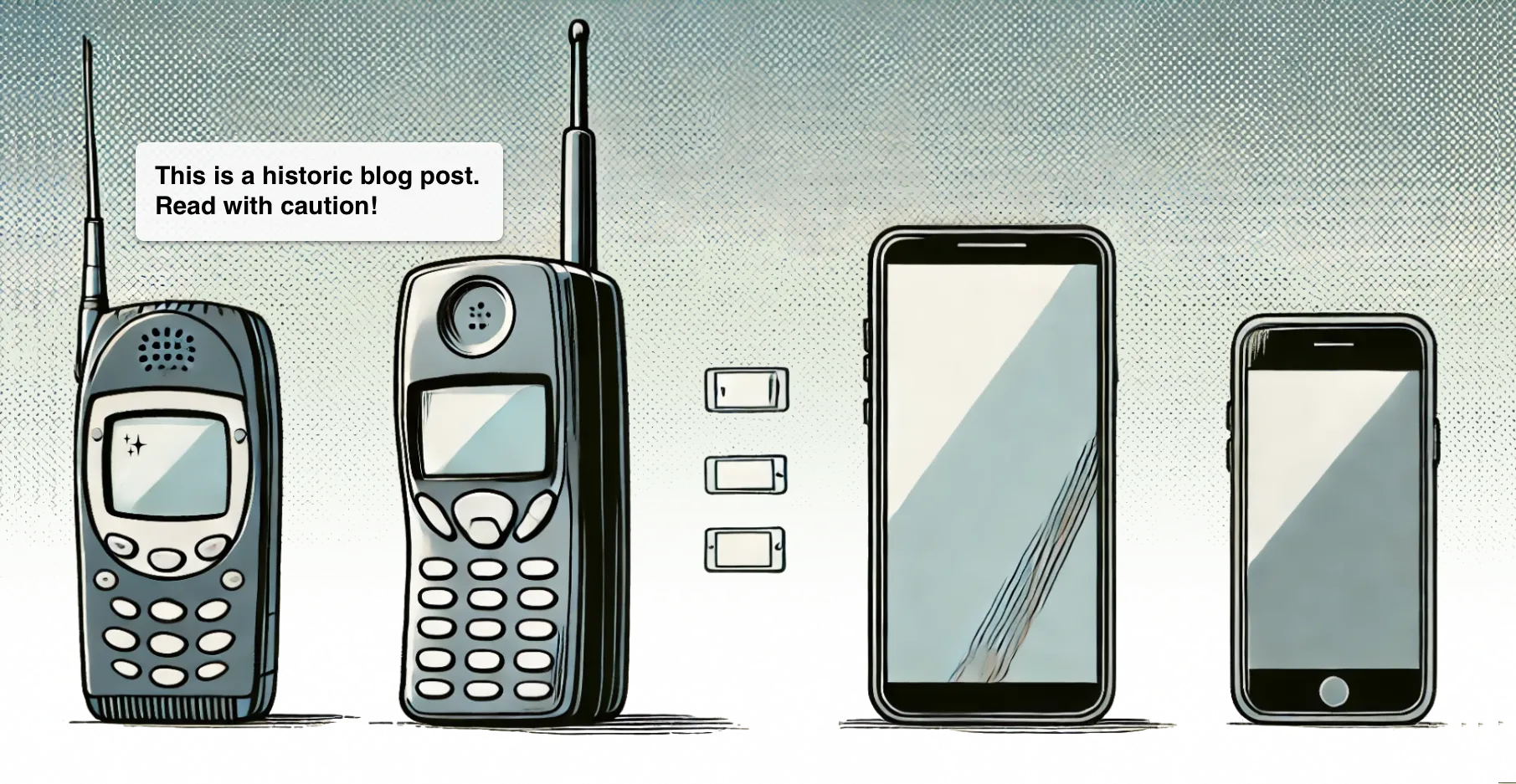During February 16-19, Barcelona again has become the “capital” for the whole mobile industry with the Mobile World Congress taking place. Despite the global economic crisis and declining mobile phone sales (for the first time ever since 2001), the mobile industry expects global growth due to new devices and services. This optimistic outlook is also proven by the sales figures of smart phones. In 2008 almost 160 million smart phones were sold worldwide. This year as much as 190 million smart phones could be sold.
A survey by analyst Nielsen and Tellabs, based on more than 50,000 mobile users in the UK, France, Italy, Germany, Spain and the US, shows that **there will be an dramatic increase in the use of mobile data services ** (such as mobile internet, email, photo uploading and MMS) over the next two years with a significant ramp up in the next 12 months . 71 per cent of consumers anticipate the daily usage of services such as mobile internet and more than half of the approximately 200 million mobile data users in those countries expect to increase use in the next two years.
According to the study, about 49% of US respondents said they were planning to surf the mobile web more in the next year, compared to 34% of those in Europe . Preferences of US and Europe users differ (see the following picture below). In Europe, Italy tends to be the leading adopter across all services, while Germany shows comparatively low adoption rates.

(Source: tellabs.com/news/2009/index.cfm/nr/53.cfm)
I know that these are “only” statistical data. But I am convinced that the mobile internet has finally arrived and will be more and more integrated in our daily life in the future.There are tons of new devices available, all with web browsers and web access built in - starting with the Apple iPhone, Google’s G1 Android phone, basically any other new smart phone, but also gaming consoles such as the Nintendo DSi and even digital photo cameras such as Sony’s DSC-G3.
Nowadays there are plenty of opportunities to provide new or advanced services to mobile phone users. You can even provide your service through many of the existing and emerging App Stores, which solves a major issue that existed for mobile application developers until today. Apple has paved the way and many companies like RIM/BlackBerry, Microsoft and Nokia are following with their own App Stores.
I admit that there are still a lot of challenges, such as confusing mobile phone plans, unclear and high costs for data usage especially while roaming abroad or speed and quality of mobile networks. The potential of the mobile web will not be fully realized until users are able to access data where and when they want - ubiquitously and painless.
Pat Dolan, VP and general manager, EMEA, at Tellabs, and Jeff Hermann, VP mobile media at Nielsen Online, also mentioned another quiet important point in their study mentioned above:
Dolan said: “People are willing to spend more on mobile data services. […] This largely stems from whether end-users view data servicesas a convenience or as a source of entertainment ”, Hermann explained. ”Convenience really drives a lot of usage of certain types of services. If something is viewed as a utility, consumers are willing to pay for it ,” he said. “Whereas entertainment, that’s more of a discretionary spend. While entertainment-based services need more time to develop , usefulness is what drives adoption ”.
Dolan also mentioned: “Usefulness also proves sticky. Once people start using these services, they can’t do without them, and that will continue to snowball”.
All in all we’re looking at a bright future in mobile web and we as PavingWays hope to start providing services of our own very soon.
Sources: totaltele.com/view.aspx?ID=443259)
telecoms.com/itmgcontent/tcoms/news/articles/20017619024.html
ftd.de/technik/it_telekommunikation/:HANDY-MESSE-GESAMT-ROUNDUP-Mobilfunk-Branche-zuversichtlich-trotz-Krise/475215.html
